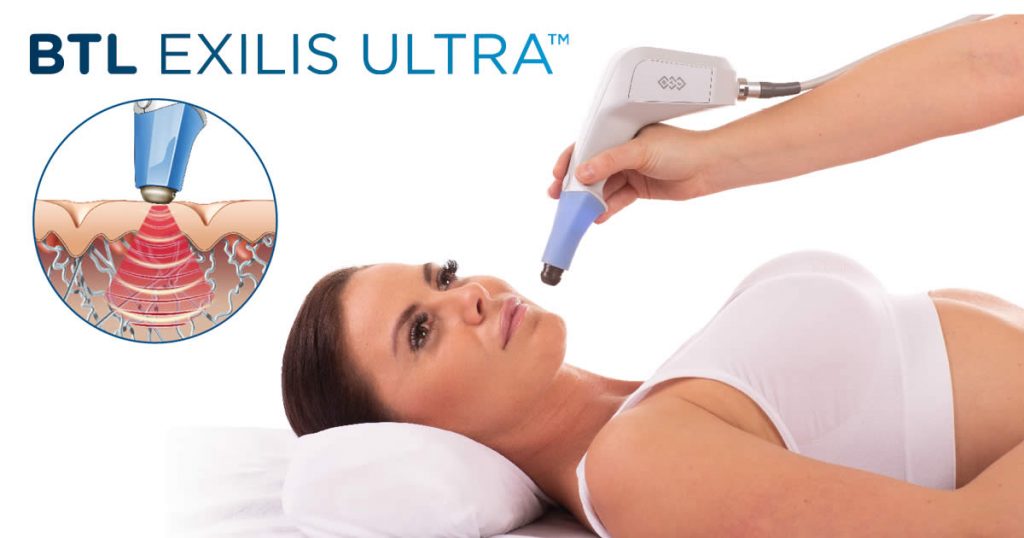Is Fibroblast Treatment Safe?

Estimated reading time 3 minutes
Is Fibroblast Treatment Safe
The non-surgical facelift is here, finally, patients can get all the results of a surgical facelift without the stresses and strains of surgery.
While fibroblast treatment is non-invasive it is still far removed from traditional non-invasive methods such as creams and lotions which do little to improve the signs of ageing. This leads many patients to ask if the procedure is safe and if there will be any discomfort during treatment and in the days and weeks following?
The short answer to this question is yes, it is perfectly safe. Fibroblast technology has been in use for a number of years and has been certified for use by a number of medical councils around the world. But it helps to understand how the treatment works and what patients will experience both during and after treatment.
How does fibroblast treatment work?
Fibroblast treatment works by using plasma gas to penetrate the skin. This stream of gas leaves tiny holes in the skin’s tissue which causes the individual skin fibres to contract and tighten. As the holes are made by plasma, they are much smaller than if they had been made by a hypodermic needle. This causes less damage to the tissue surrounding the treatment area and eliminates the risk of bleeding. During treatment, only the plasma touches the surface of the skin. No electric current is passed from the applicator into the body making the treatment suitable for patients who have a pacemaker fitted.

Is Fibroblast treatment painful?
Before the procedure, a local anaesthetic cream is applied to the treatment area. This is not strictly necessary but it minimises the risk of discomfort. While treatment is being carried out, the patient may feel some heat from the plasma as it passes into the skin.
Following treatment, once the anaesthetic has worn off the patient may experience a slight tingling or burning sensation around the treatment area. This is not painful and will pass after a few hours leaving the patient free to return home. However, it is important that the patient follows their after-care instructions carefully.
Are there any side effects?
Immediately following treatment, there will be a small amount of swelling and redness around the treatment area. Depending on the area treated, some patients will also develop tiny dark brown crusts. These are a natural part of the healing process and should disappear after a few days.
The patient will be given after-care instructions which are designed to maximise the results and minimise the risk of scaring. It is important these are followed carefully. The treated area should be kept clean and excess moisture should be avoided. Concealing makeup can be applied three days after the procedure.
How much downtime is required?
One of the biggest advantages of Fibroblast treatment over traditional invasive methods is the amount of time it takes to recover from the procedure. The amount of downtime required will depend on the area treated. The most sensitive area is around the eyes and mouth. Most patients will experience swelling and crust spots in this area which will disappear over a 5-7 day period. These are only cosmetic issues, however. In most cases, they can be covered up with makeup leaving the patient free to go about their daily work without any pain or discomfort.


